Canadian animals have adapted various ways to ensure the survival of their young in the harsh environments in which they live.
From fiercely protective moose cows to nurturing polar bear sows, each species has its unique parenting methods that enable their offspring to thrive in the wild. Here are six Canadian animals that use unique ways to protect, raise and communicate with their young.
Moose
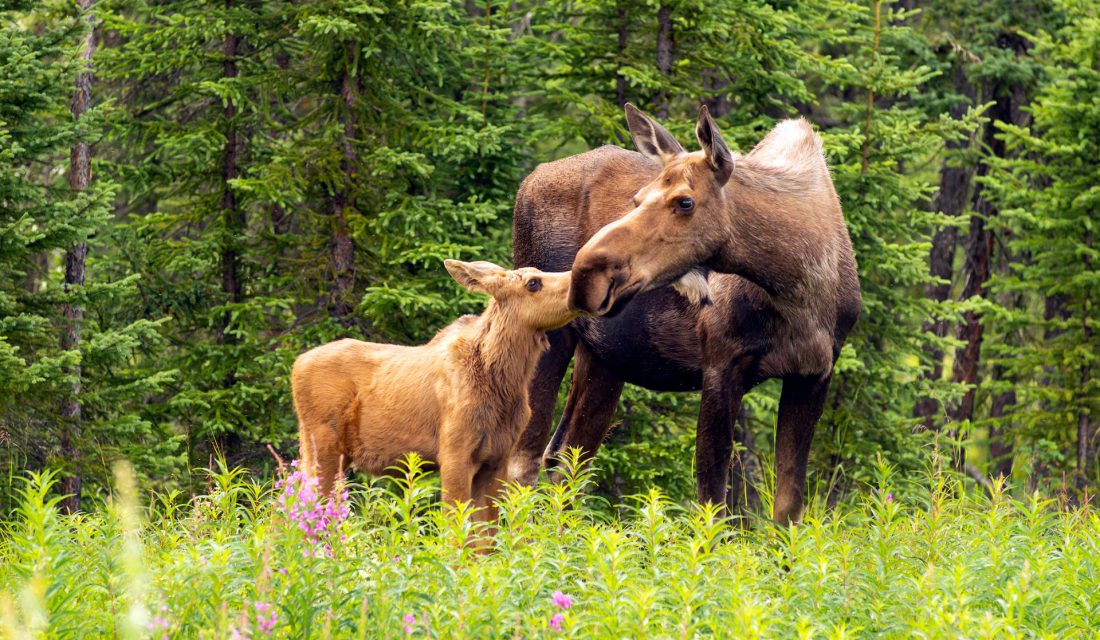
The moose is one of the largest land mammals found in North America and is known as an iconic symbol of Canada’s wilderness. Female moose, or cows, give birth to their young in the early summer, often in May or June. Moose calves are born weighing around 25 to 35 pounds and are able to stand and walk within hours of being born. For the first few weeks of their lives, moose calves stay close to their mothers, who fiercely protect them from predators. Moose cows will also nurse their calves for several months, providing them with the vital nutrients they need to grow and thrive.
Dolphins
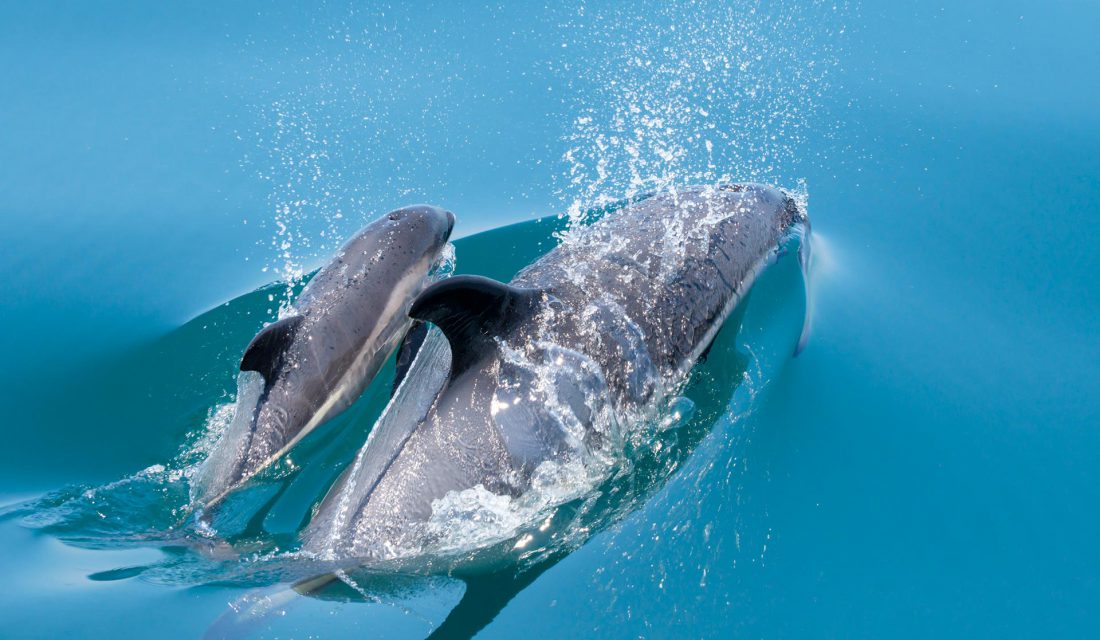
Dolphins are highly intelligent animals known for their playful behavior and communication skills. Female dolphins are excellent mothers and will nurse their calves for up to two years. She teaches her calf how to swim, hunt, and communicate with other dolphins. Female dolphins are also known for their strong social bonds and will form close relationships with their offspring that can last for many years.
Canada Lynx
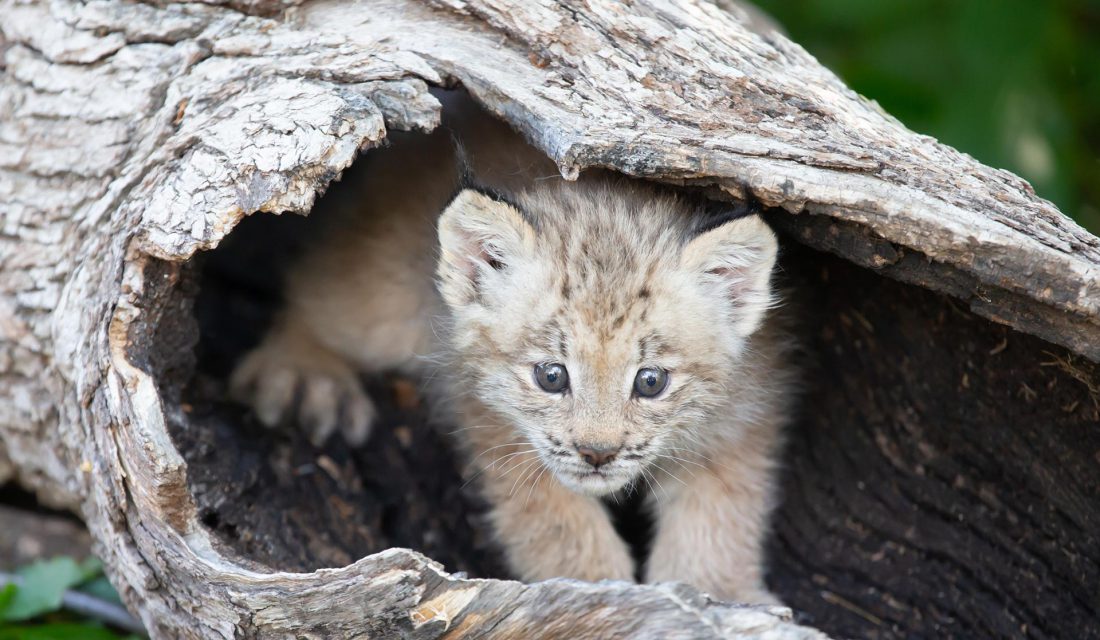
The Canada Lynx is a solitary cat found in the boreal forests of Canada. Lynx mothers typically give birth to a litter of one to six kittens in the spring. Lynx kittens are born blind and helpless, weighing only a few ounces. The mother lynx will stay with her kittens for several months, teaching them how to hunt and survive in the wild. As the kittens grow older, the mother will gradually wean them off of her milk and encourage them to hunt on their own.
Polar Bear
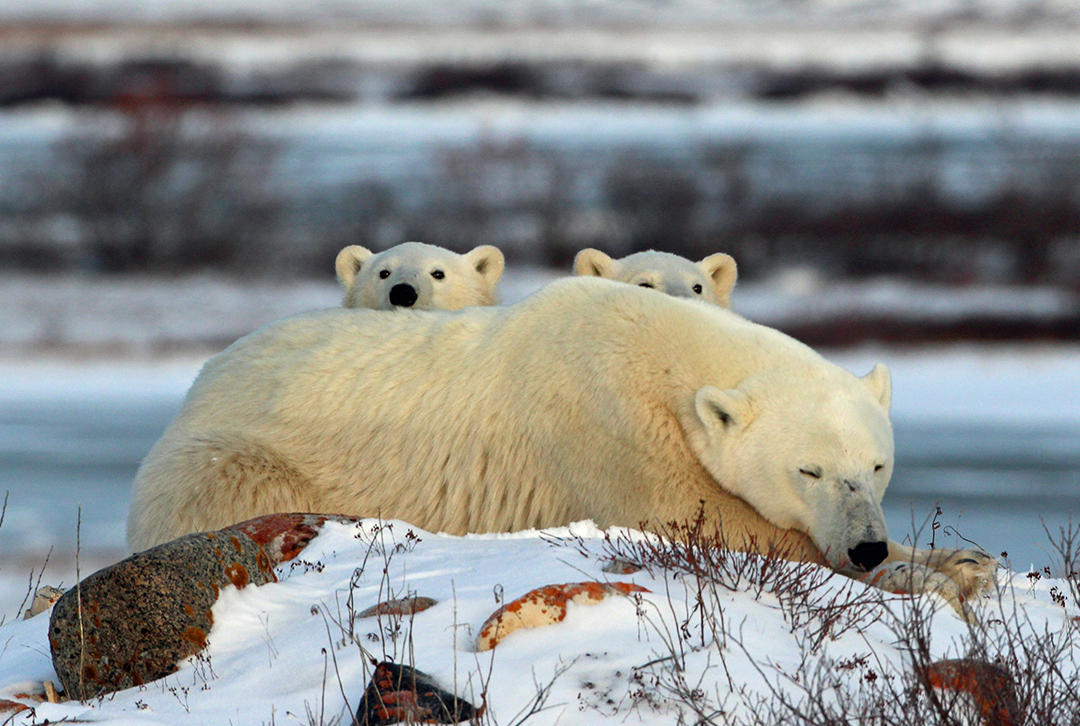
The Polar Bear is an amazing and unique predator that roams the Arctic ice fields of Canada. Female Polar Bears, or sows, give birth to one to three cubs in a den that they dig into the snow during the colder months. Polar Bear cubs are born blind and helpless, weighing only one pound, and the mother will nurse her cubs for several months, providing them with the rich, fatty milk they need to grow and develop. As the cubs grow older, she will teach them how to hunt and navigate the harsh Arctic landscape.
Octopuses
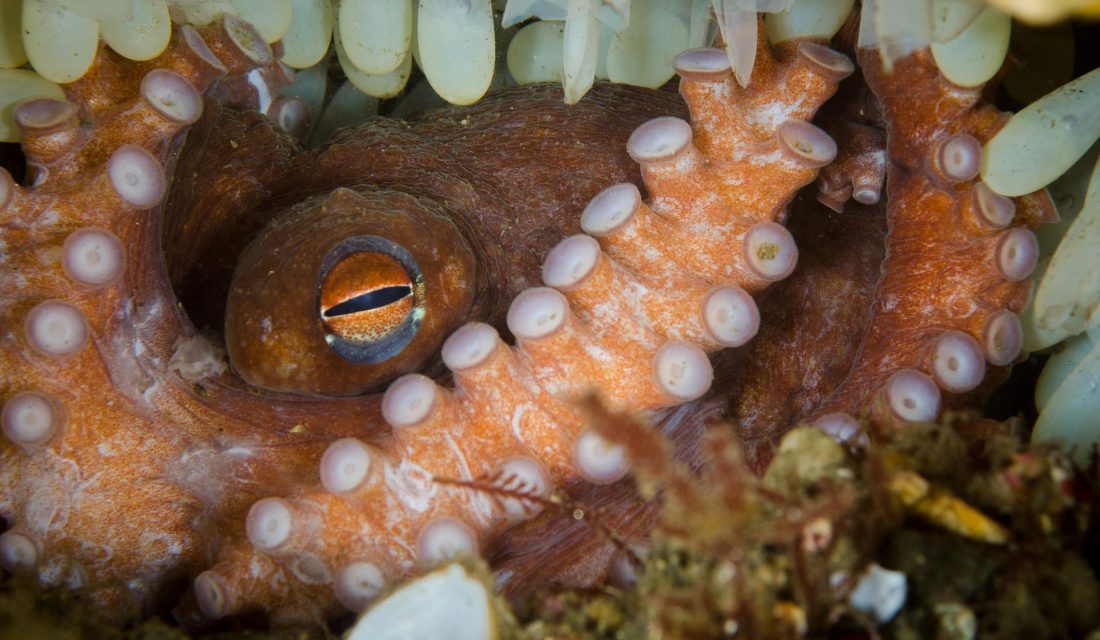
Octopuses may not be the first animal that comes to mind when you think of motherhood, but they are actually quite unique in their parenting style.
Female octopuses lay up to 100,000 eggs and spend several months tending to them. The female will guard the eggs and clean them regularly to prevent fungal growth. She also uses her tentacles to create currents that keep the eggs well-oxygenated, and after that the mother octopus does not eat and will die shortly after the eggs hatch. The octopus’s self-sacrificing behavior is one of the most striking examples of maternal care in the animal kingdom.
Beaver
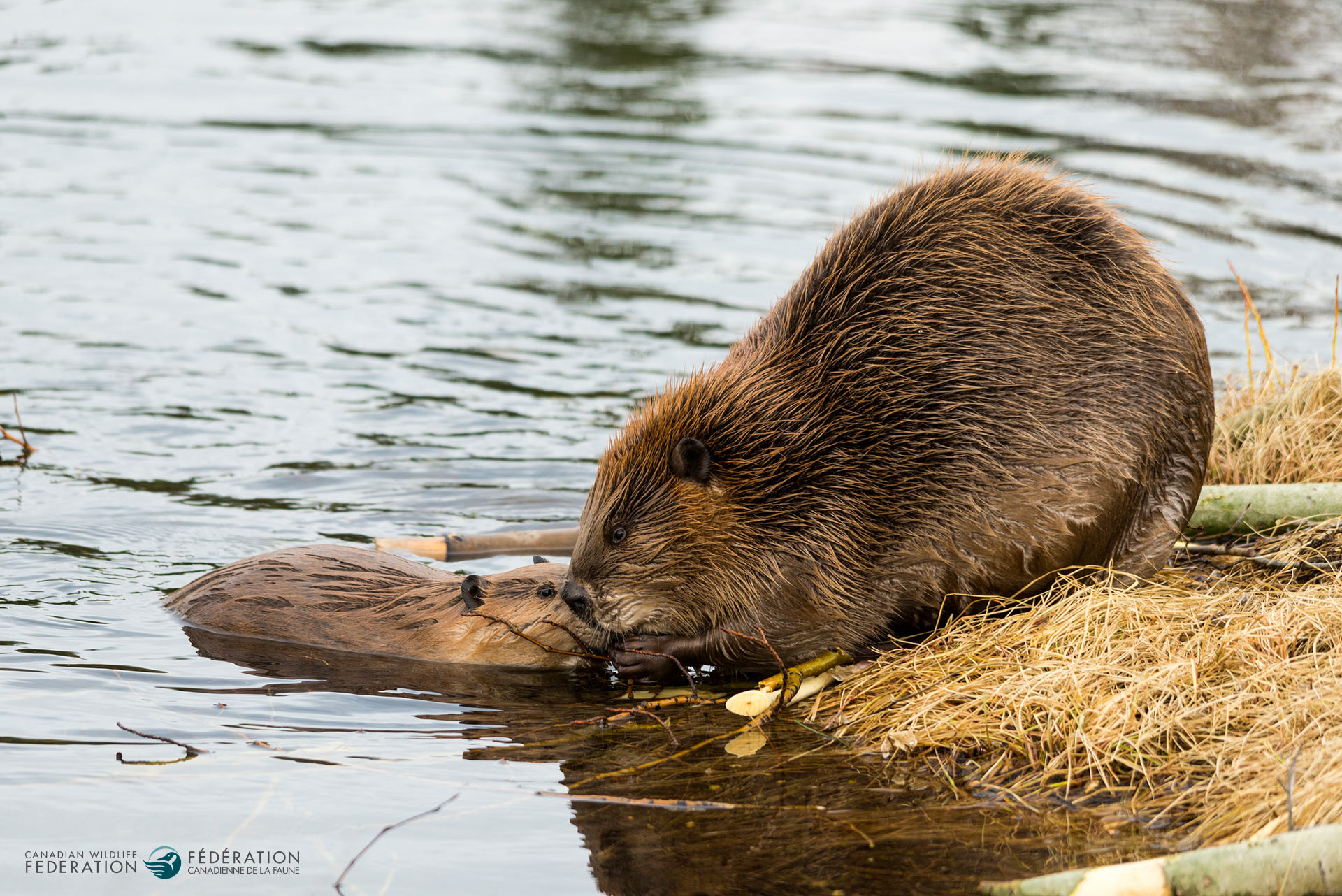
The beaver is a large rodent found in rivers and streams throughout Canada.
Beavers give birth to one to four kits in the spring, usually in April or May. Beaver kits are born fully furred and with their eyes open, but they are still dependent on their mother for food and protection. Female beavers will nurse their kits for several months, teaching them how to swim and how to construct dams and lodges.
As the kits grow older, she will encourage them to explore their surroundings and learn how to gather food and build their own homes.

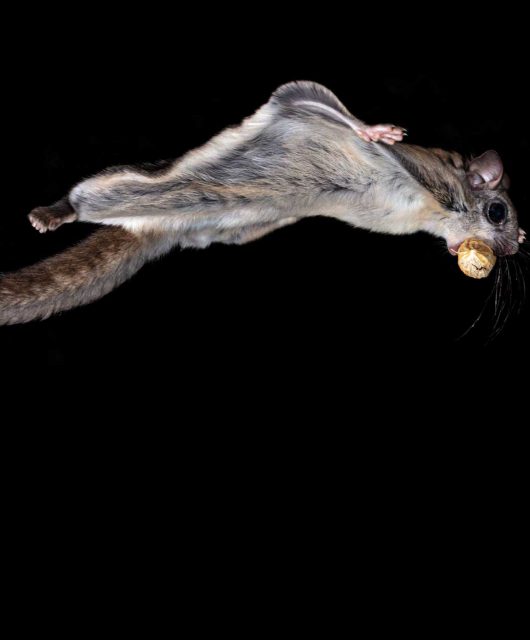

2 comments
I would like to make a donation in honour of my Mother, Muriel Ilean Rowe, who was a CWF supporter. She would have turned 100 years old on August 19/23. // She was a wonderful person who loved all nature and creatures. She was especially interested in birds.
Dear Patricia,
We would like to thank you for your thoughtfulness in wanting to make a donation in memory of your Mother, Muriel. We truly appreciate it.
Please accept our deepest condolences for your loss. We hope that this gesture will bring some comfort to all loved ones.
If you wish to provide a testimonial on behalf of Muriel to better understand their connection to nature, or to CWF, please feel free to share their story by sending an email to: [email protected] .
There are a couple of ways to make a memorial donation. You can contact our finance associate, at 1-877-599-5777 ext. 271 if you wish to use a credit card or a cheque can be mailed to our address: 350 Michael Cowpland Dr, Kanata, ON, K2M 2W1, C/O Trudy Flansbury.
Once the donation it is processed, we will send you an official receipt for tax purposes.
Thank you again for your kindness and your support.
Sincerely,
Effie Vaicoussis
Planned Giving Program Manager